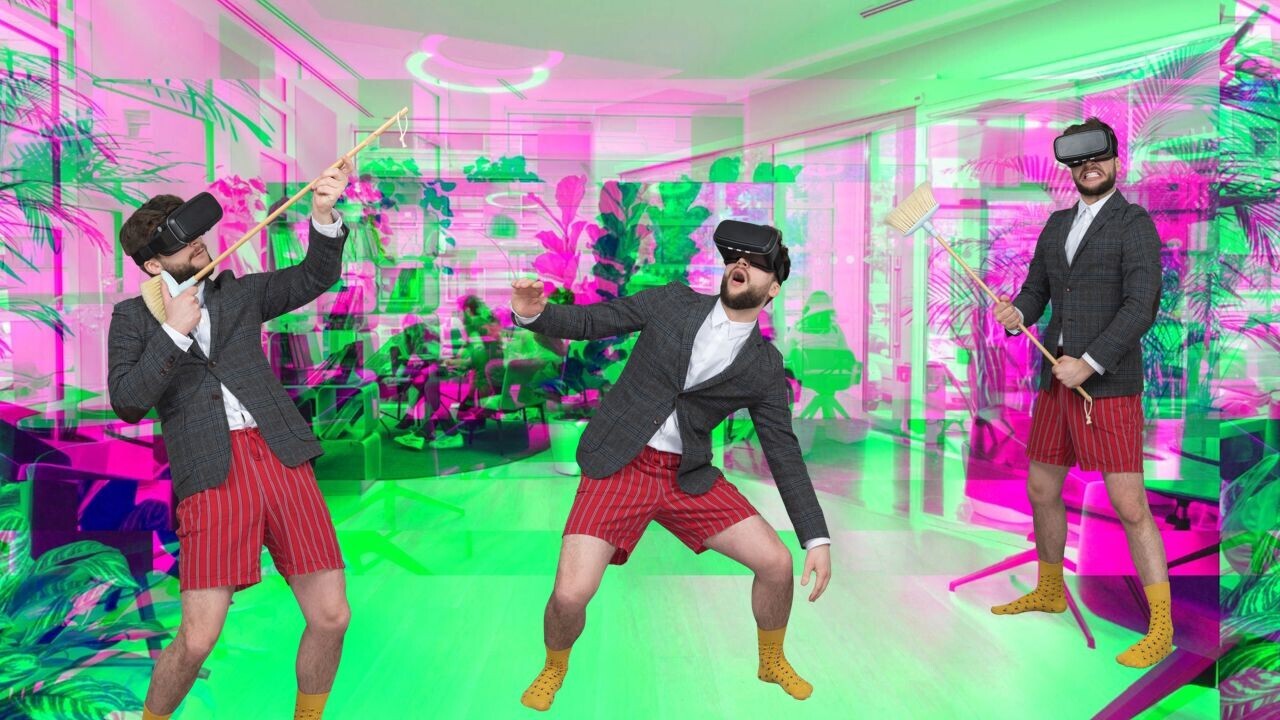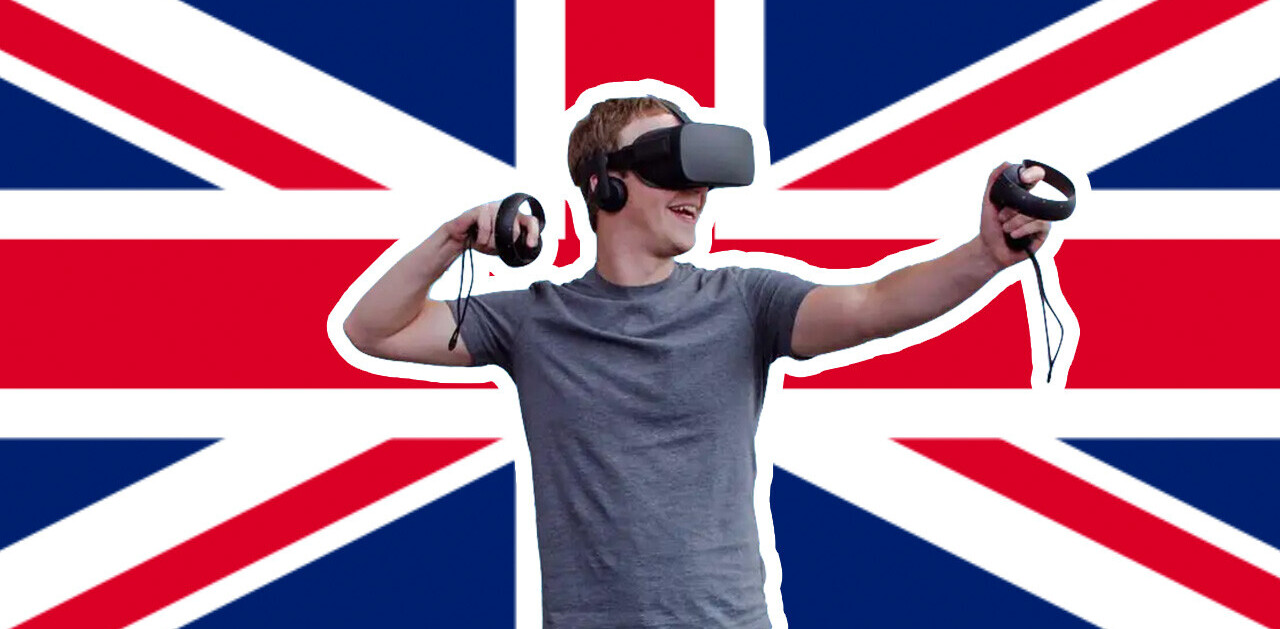
Covid-19 has opened the world’s eyes to the benefits of remote and flexible work, and many aren’t looking back — according to a survey by workplace platform Envoy, 71% of employees would choose a hybrid work model, only 12% want to work remotely every day, and just 16% want to work full-time in the office.
Until now, technology hasn’t quite been able to keep up with this change of attitude — we can agree that video conferencing software sucks and a Zoom call doesn’t really cut it as an office party replacement. But conversations around the promises of the metaverse and web3 have businesses and employees excited about the possibilities.
The metaverse promises to solve hybrid workplace obstacles — but is it really the silver bullet solution?
So why are companies so excited about the metaverse?
Working in the metaverse would allow workers to be 100% remote, while still allowing for social interaction. For employers, this means a limitless talent pool, as workers from Michigan to Mozambique can interact together in a virtual, hyper realistic world. And for employees, this means they would get the freedom and flexibility of working from anywhere they want.
A metaverse workplace could also make for a more equitable workplace helping to level the playing field between the employees managers see every day and those who have to or want to be remote, for example if they’re a single parent, disabled, or just can’t afford to live near the office.
Health and safety also come into play. A recent survey also found 43% of office workers, either hybrid or full-time, are more worried about exposure to and transmission of Covid than remote workers. For employees of color, 21% lose sleep over it compared to just 11% of their white coworkers.
A metaverse office means anyone can come in, whether they’re vaccinated, unvaccinated, immunocompromised, positive or negative.
And then we get to the actual offices themselves. Think of a metaverse office where real estate is cheaper, and you can design it at the top of a skyscraper or inside the belly of a whale — without the hefty price tag (or whale guts).
Desk space in the metaverse is infinitely scalable. Size up or down based on your needs. It’s the ultimate customizable space. Virtual meeting rooms or communal lounge areas will be configured for the type of work people are doing — heads down work or creative team brainstorming.
Metaverse real estate companies like The Sandbox are already cropping up to stake their claim in this new frontier, and businesses like UK media company VCCP and Mediahub have already set up their metaverse offices.
Ultimately, employees want flexibility, freedom and the ability to socialize and easily collaborate — and the metaverse could conceivably offer it all.
The metaverse won’t replace the physical office any time soon
Of course, this is all theoretical at this point. Until we actually have long-term business use cases, we won’t be able to measure the opportunities or understand the potential downsides. Some questions we’ll need to consider for example are: How long can people really wear a headset for? Are there detrimental impacts on physical and/or mental health to spending your 9/5 in ‘The Matrix’?
What’s more, we’ve seen some interesting innovation in metaverse gaming, but adoption is still low and whether this could translate to the world of work is still unproven.
So the question is, when will we get a chance to have a chat around the virtual water cooler?
While the Big Five are already planting their flag in the metaverse, and new startups are cropping up to push the metaverse further, not everyone is convinced we’re as close to a true “meta” metaverse as we think. According to Envoy’s CEO and founder, Larry Gadea:
Yes, anything’s possible so it could eventually replace reality. Now, is this happening anytime soon? No. Is this going to happen all at once? Absolutely not. For the metaverse — it has to be believable, or it won’t work. In-person interactions are so fundamental to who we are. It’ll take generations for us, along with the metaverse, to develop and evolve. And right now the technology just isn’t there yet.
Gadea founded Envoy to make workplaces work better for employers and employees alike. As the world plunged into lockdown amidst Covid-19, it became more urgent than ever to create workplace products that would help bring people back to the office safely.
During the pandemic the company launched Envoy Protect and Envoy Desks, apps that gives employees an overview of who is working in the office and when so they can sync work schedules and optimize time in the office, reserve work desks and, most importantly, certify their health status — users can upload proof of vaccination, a weekly negative Covid test, or fill out a daily health check.
In January, Envoy raised $111m in a Series C funding round, which Gadea says will be put towards building out its product offering further to help make hybrid workplaces even more flexible, thoughtful, and a better experience for employees. And while the metaverse isn’t a major focus for Envoy yet, they’re keeping a close eye on it.
Bringing people together IRL
Even when we have the technology for a truly realized metaverse, Gadea says, offices will still play a crucial role.
The world never does everything at once and it’s not going to, no matter what the benefits are. So there will always need to be a bridge between that world and the physical world.
Socializing, for example, will always be a key reason why the metaverse won’t replace an IRL office anytime soon — or even at all. Gadea added: “It’s very hard to have memorable moments that you’re going to be like, oh, yeah, I remember that. That person spilled a drink on this other person… That’s how you remember moments in life. The challenge is figuring out how to recreate human interactions in a virtual environment. Spontaneous conversations in a virtual hallway. Mimicking a real-life meeting where people can have multiple conversations going with folks.”
Besides the obvious mental health benefits, having candid moments with colleagues IRL is proven to increase creativity, productivity and problem-solving. And when it comes to the metaverse, you can’t really have a “water cooler moment” if you can’t actually drink the water.
So what does the future office look like? “I think we’ll get some cool new technologies. We’ll have video conferencing that’s even better. We’ll have meeting rooms that are much more inclusive of remote people than they are today,” Gadea says.
But at the end of the day, people being together is one of the most important things that can happen. And that’s one of the biggest things that was taken away from us with COVID.
Get the TNW newsletter
Get the most important tech news in your inbox each week.






